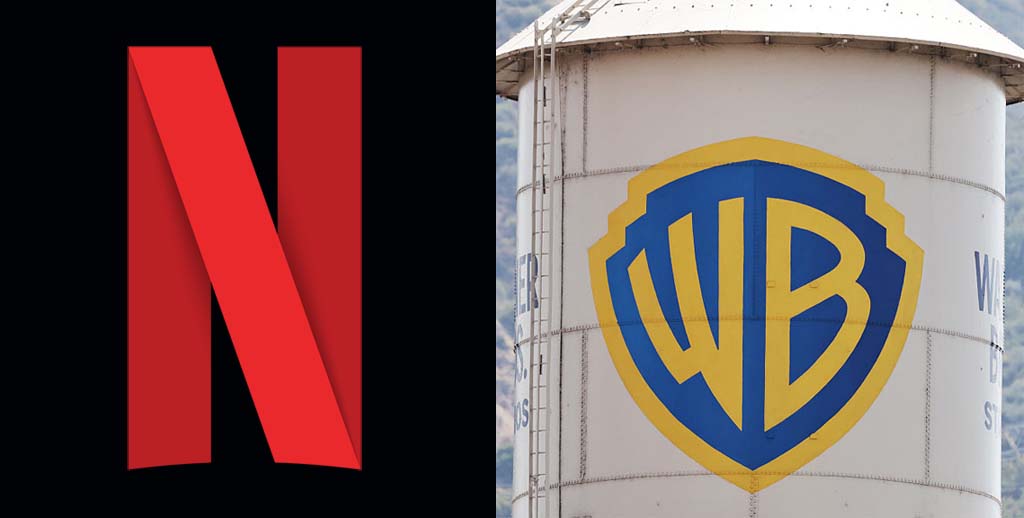5G and the Future of Broadcasting
1. What is the status of 5G in broadcasting at the moment?
It’s a very exciting time. The broader industry is beginning to understand what 5G can bring in terms of features. With a higher bit rate and extremely low latencies, the cloud will be closer to the end-user than it has ever been so far. In combination with capabilities such as extreme programmability (software-defined networks), virtualization (virtualized, cloud-native functions), advanced QoS management (slicing) or multi-access edge computing, 5G brings a unique set of enablers. From a business perspective, this will ultimately enable long-awaited uses: high levels of personalization, shared experiences, highly immersive experiences from an end-consumer perspective. From a B2B standpoint, 5G should also enable the deployment of cost-effective solutions for applications such as contribution and Digital News Gathering, remote production, content delivery. 5G will probably have a much more transformative impact than one might imagine.
Beyond the promise, the industry now needs to work together to make this happen.
2. How will 5G impact broadcast media?
We shouldn’t only consider broadcast media when thinking about 5G. If you look at what 5G is providing, many features are definitely important, including content services—not only live TV and video-on-demand, for example, but also gaming, augmentation and many others. So, we see 5G as a kind of platform on which services of different natures can co-exist, including from a delivery standpoint, at a level that has not been seen before. It’s a considerable opportunity for media companies, including broadcasters, to deliver multiple experiences. For instance, we see 5G as a fantastic platform to deliver transmedia experiences. 5G should be a platform enabling significant innovation when it comes to content services, dealing with churn, subscription-fee erosion and the attraction of new subscribers for service providers. Content, and access to content, will continue to be a key stake in terms of value proposition to the end consumers. Considering what 5G enables, 5G is likely to emphasize the necessity for strong ecosystems. We will likely see a new era of consolidation happening in the marketplace for both services and contents providers.
3. What is the business case for developing 5G in Europe?
There isn’t one business case, but multiple business cases! Both for consumer and professional services. Beyond consumer services, we strongly believe that 5G has great potential for the enterprise market. Just think about the fact that it will soon be possible to deploy completely virtualized, cloud-native core networks. And think about the capability for massive numbers of IoT connections, combined with edge computing capabilities. Actually, 5G should allow a significant lowering of the barrier to entry in terms of investment for enterprises that need their own infrastructure for private uses. This opens the door to new entrants, whatever it is about, infrastructure or service operation.
The professional video industry's #1 source for news, trends and product and tech information. Sign up below.
15/10/2019
4. What is b<>com’s work in this area?
b<>com is strongly convinced that the enterprise market is a significant business opportunity. We have developed our own “5G-Ready” core network solution. We call it the “Wireless Edge Factory” in partnership with Aviwest for contribution, DNG and remote production applications.
We also have significant expertise related to cloud-native virtualization, orchestration, energy consumption optimization. Moreover, b<>com has been granted a frequency licence for test purposes and we have developed an experimental test platform, which we call “Flexible NetLab.” This test platform is open to third parties who want to test their own equipment and solutions. We are currently investing in developing advanced edge capabilities for uses such as augmented reality, edge AI, content processing as few examples. Our particular expertise lies in thinking, building and experimenting with customized implementations for industries such as Industry 4.0, Health, Defence and Content Services Delivery, including broadcast.
5. How will it impact the competitiveness of European broadcasters?
5G is a no brainer. At the moment, it is fundamental for European broadcasters to get familiar with 5G and understand how 5G can be used as it will impact the way content services are delivered and operated over the next five to 10 years. 5G specs are still evolving; there will be new releases and it’s an incredible opportunity for broadcasters to ensure their needs will be addressed by future evolutions of 5G specs. We will definitely take part in this. We also believe that it is key to learn about 5G by doing and experimenting. For that reason, we will be happy to support the development of POCs and field trials.
Ludovic Noblet is Hypermedia Director and CEO of b<>com licensing.
Created in late 2012, the b<>com Technology Research Institute is a tech provider and an innovation accelerator for every business that uses digital to increase its competitiveness. The IRT, which came about from a public/private partnership, brings together top experts from industry and academia at its Rennes campus, and its sites in Paris, Brest, and Lannion.
